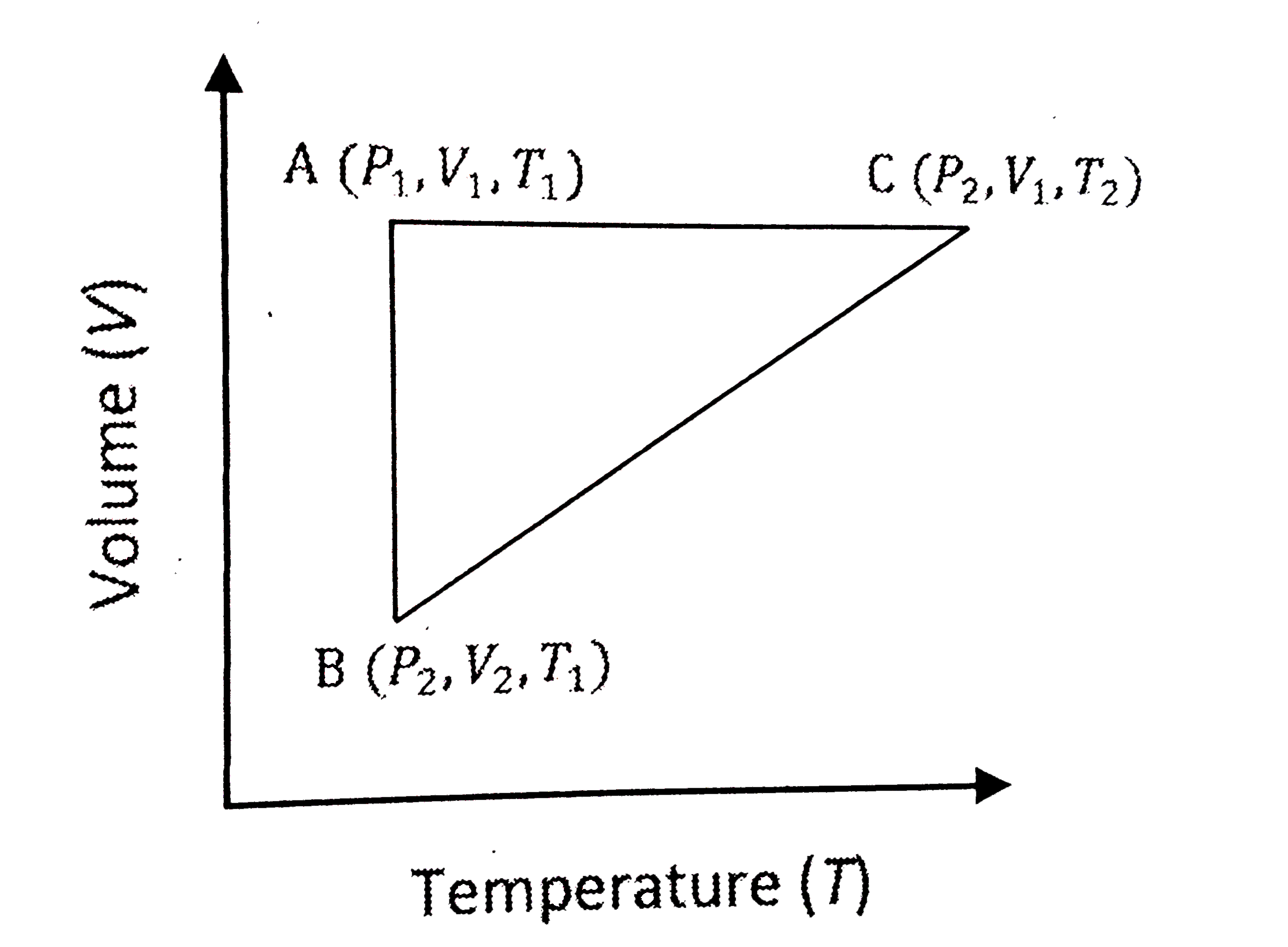Enthalpy And Internal Energy
Step by step video & image solution for Enthalpy And Internal Energy by Chemistry experts to help you in doubts & scoring excellent marks in Class 11 exams.
Similar Practice Problems
- Question 1 - Select One
Which of the following is the correct relationship between H (enthalpy), U (internal energy), P (pressure) and V (volume) of a system?
AH = U.PVBH = U + PVCU = H + PVDU=H.PV - Question 1 - Select One
Heat of reaction is the change in enthalpy or internal energy as represented by a balanced thermochemical equation . The amount of energy released during a chemical change depends upon the state of reactants and products, the conditions of pressure and volume at which reaction is carried out, and temperature. The variation of heat of reaction (ΔH1orΔE) with temperature is given as ΔH2−ΔH1=ΔCP[T2−T1]orΔE2−ΔE1=ΔCv(T2−T1. Standard heat enthalpy of elements in their most stable state is assumed to be zero whereas standard heat enthalpy of compound is referred as heat of formation of that compound at 1atm pressure and 25∘C. Oxidation of N2 to N2O,NO,NO2 shows absorption of energy whereas heat of combustion of N2 is exothermic like other heat of combustion.
Standard heat enthalpy has been assumed to be zero for :AgraphiteBdiamondCcharcoalDlamp black - Question 1 - Select One
Charge in enthalpy and change in internal energy are equal at room temperature for
ACombustion of glucoseBCombustion of enthyleneCCombustion of methaneDCombustion of ethyl alcohol - Question 1 - Select One or More
For which of the following reaction, change of enthalpy equals the change in internal energy ?
AH2+I2→2HIBPCl5→PCl3+Cl2C2H2O2→2H2O+O2DC+O2→CO2 - Question 1 - Select One or More
For gaseous reactions, if ΔH is the change in enthalpy and ΔU that in internal energy then:
AΔH is always greater than ΔUBΔH is always less than ΔUCΔH<ΔU only if the number of mole of the products is less than that of the reactants.DΔU<ΔH only if the number of mole of the reactants is less than that of the products.
Similar Questions
A reversible cyclic process for an ideal gas is shown below. Here, P, V, and T are pressure, volume and temperature, respectively. The thermodynamic parameters q, w, H and U are heat, work, enthalpy and internal energy, respectively.

The correct option (s) is (are)View SolutionWhich of the following are intensive properties?
Boiling point
Melting point
Heat capacity
Volume
Enthalpy
Mass
Internal energy
Molar volumeView SolutionWhy are we usually concerned with changes in enthalpy than changes in internal energy?
View SolutionWrite the expression showing relation between enthalpy change and internal energy change for gaseous phase reaction
View SolutionHeat of reaction at constant pressure is equal to .............change. Write the expression between enthalpy change and internal energy
View Solution

